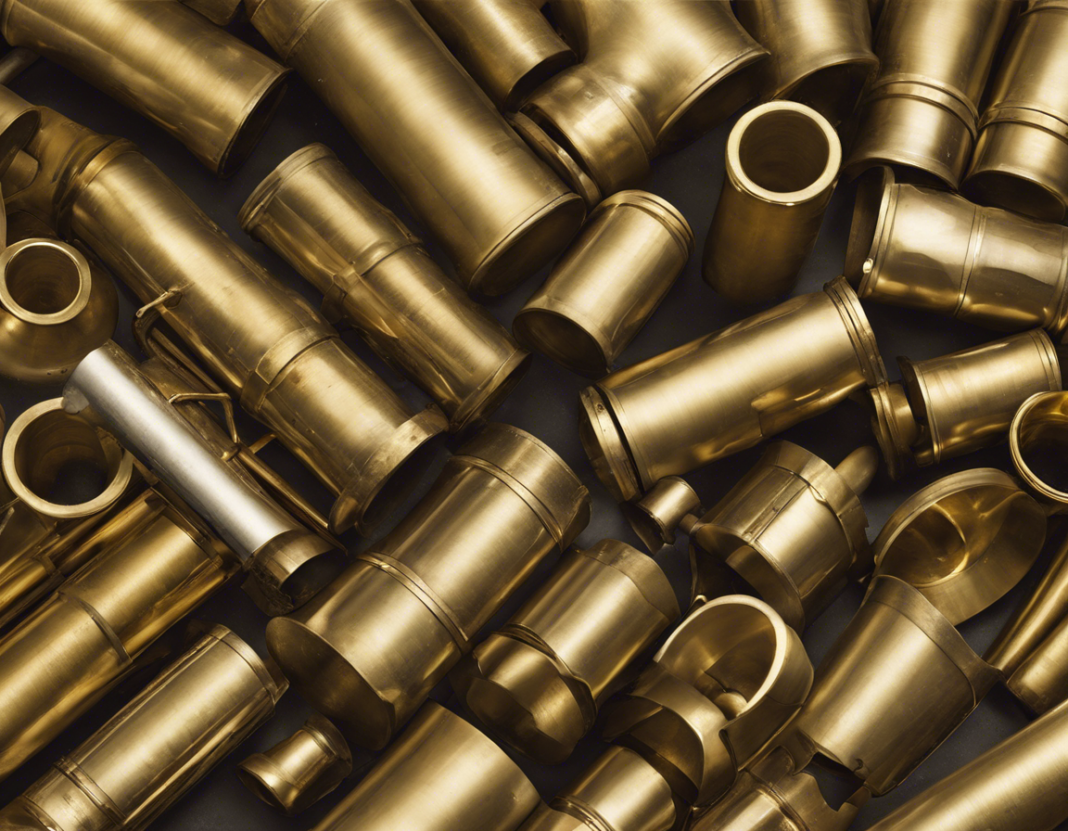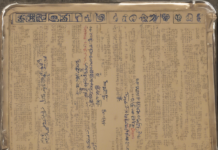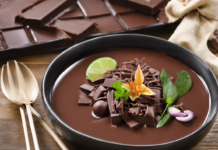Brass, an alloy of copper and zinc, has been used for centuries due to its unique combination of properties such as durability, malleability, and attractive appearance. From musical instruments to plumbing fittings, brass is a versatile material that finds extensive applications in various industries. In this comprehensive article, we will delve into the secrets of brass alloys, exploring their composition, characteristics, types, uses, and the process of working with brass.
Composition of Brass Alloys
Brass alloys are primarily composed of varying ratios of copper and zinc, with additional elements such as lead, aluminum, nickel, or tin added to achieve specific properties. The proportions of copper and zinc determine the brass’s characteristics, including its strength, corrosion resistance, and color. For instance, alpha brass contains up to 35% zinc and is known for its malleability, while alpha-beta brass contains 35-45% zinc and exhibits increased strength.
Characteristics of Brass Alloys
- Malleability: Brass alloys are highly malleable, making them easy to shape and manipulate into intricate designs.
- Corrosion Resistance: The addition of zinc enhances brass’s corrosion resistance, making it suitable for use in marine environments and plumbing systems.
- Attractive Appearance: Brass alloys have a warm golden hue that adds a touch of elegance to various products.
- Durable: Brass is a durable material that withstands wear and tear, making it ideal for applications requiring strength and longevity.
Types of Brass Alloys
- Yellow Brass (Alpha Brass): Contains higher copper content and is commonly used in musical instruments, decorative items, and plumbing fixtures.
- Red Brass (Alpha-Beta Brass): Contains a higher proportion of zinc, leading to increased hardness and strength. Red brass is used in plumbing valves, gears, and fittings.
- Naval Brass: Contains tin for improved corrosion resistance, making it suitable for marine applications and shipbuilding.
- Cartridge Brass: Contains a small amount of lead for enhanced machinability, commonly used in ammunition casings and plumbing components.
- Muntz Metal: A type of alpha-beta brass with higher zinc content, known for its resistance to saltwater corrosion and used in marine hardware and architectural applications.
Uses of Brass Alloys
- Musical Instruments: Brass instruments such as trumpets, trombones, and saxophones are often made from brass alloys due to their acoustical properties and aesthetic appeal.
- Plumbing Fixtures: Brass fittings, valves, and pipes are popular in plumbing systems due to their corrosion resistance and durability.
- Decorative Items: Brass alloys are used in decorative items such as jewelry, home decor, and art pieces due to their lustrous appearance.
- Automotive Industry: Brass components are used in automotive applications, including radiator cores, fittings, and electrical connectors.
- Marine Applications: Naval brass and Muntz metal are commonly used in marine hardware, ship propellers, and underwater fittings due to their corrosion resistance in seawater.
Working with Brass Alloys
- Machining: Brass alloys are relatively easy to machine due to their malleability. However, proper tooling and lubrication are essential to prevent galling and tool wear.
- Joining: Brass can be joined using techniques such as soldering, brazing, welding, or mechanical fastening, depending on the application requirements.
- Finishing: Brass can be finished with various treatments such as polishing, plating, or patination to enhance its appearance and improve corrosion resistance.
- Maintenance: Regular cleaning and maintenance are essential to preserve the luster of brass alloys and prevent tarnishing.
Frequently Asked Questions (FAQs) about Brass Alloys
- What makes brass alloys different from bronze alloys?
-
Brass alloys contain zinc as the primary alloying element, while bronze alloys contain tin. Brass is typically more yellowish in color compared to the reddish hue of bronze.
-
Are brass alloys suitable for outdoor applications?
-
Yes, brass alloys, especially those with higher zinc content, exhibit good corrosion resistance and are suitable for outdoor applications. Proper maintenance can further enhance their longevity.
-
Can brass alloys be recycled?
-
Yes, brass alloys are highly recyclable. The recycling process involves melting down the scrap brass to produce new brass products, reducing energy consumption and environmental impact.
-
Do brass alloys contain any harmful substances?
-
Some brass alloys may contain lead, which can be harmful if ingested or inhaled. It is essential to handle and dispose of brass products containing lead responsibly.
-
How can I prevent tarnishing of brass alloys?
- Tarnishing of brass alloys can be prevented by applying a protective coating, such as lacquer or wax, to shield the surface from oxidation. Regular cleaning with a mild detergent can also help maintain the shine.
In conclusion, brass alloys are a versatile and durable material with a rich history and a wide range of applications. By understanding the composition, characteristics, types, and uses of brass alloys, individuals can appreciate the unique properties of this timeless material and explore its endless possibilities in various industries. Working with brass requires skill and knowledge, but the results are sure to stand the test of time, showcasing the beauty and functionality of brass alloys for generations to come.












